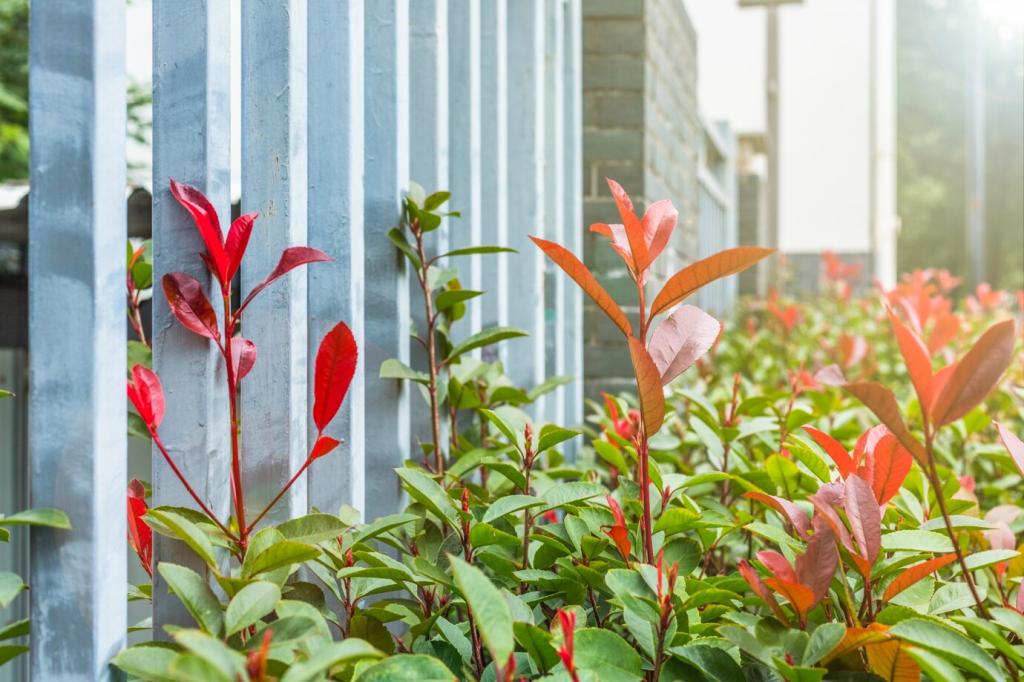
Energy-Efficient Home Renovation Tips
Energy-efficient home renovations not only help reduce energy bills but also contribute significantly to environmental sustainability. By making thoughtful choices during refurbishments, homeowners can create comfortable living spaces that minimize their ecological footprint. From upgrading insulation to integrating smart systems, there are numerous ways to enhance a home’s energy performance. Discover key approaches and expert insights to guide your next renovation towards maximum efficiency.
Enhancing Insulation for Optimal Energy Savings
Evaluating Existing Insulation and Identifying Gaps
Before making any improvements, it’s essential to assess your current insulation. Older properties may have outdated or insufficient insulation materials that lead to heat loss in winter or heat gain in summer. Carefully examining attics, walls, and basements can reveal common problem areas. By identifying where insulation is lacking or deteriorating, you can strategically target upgrades and maximize overall efficiency.
Upgrading Attic and Wall Insulation Materials
Attics and walls are primary sources of energy loss in most homes. Modern insulation materials such as spray foam, cellulose, or rigid foam boards provide superior thermal resistance compared to traditional fiberglass batts. Applying new materials or adding layers can dramatically reduce unwanted air exchange. Proper installation techniques are vital, ensuring gaps are sealed and insulation extends to all necessary areas without compression or voids.
Addressing Basements, Crawl Spaces, and Flooring
Lower portions of the home, like basements and crawl spaces, often contribute to energy inefficiency. Slab floors or improperly insulated foundations can let in cold air and moisture. Installing vapor barriers and adding insulation to walls and floors in these areas help maintain a consistent internal climate. This not only saves energy but also improves air quality and prevents moisture-related issues like mold or mildew.
Window and Door Upgrades for Reduced Energy Loss
Selecting High-Performance Windows
Choosing energy-efficient windows goes beyond aesthetic appeal. Modern windows are available with features such as low-E coatings, insulated glazing, and inert gas fills, all of which reduce thermal conductivity. Double or triple-pane models offer superior insulation. When selecting new windows, consider both climate suitability and window orientation to optimize performance and minimize unwanted heat exchange year-round.
Weatherstripping and Sealing Existing Openings
For many homeowners, replacing all windows and doors is not feasible. In such cases, weatherstripping and caulking offer cost-effective solutions to reduce drafts. By carefully sealing gaps around frames, sashes, and thresholds, you can prevent cold air infiltration and retain conditioned air. These improvements are simple to implement, yet provide noticeable enhancements to home energy efficiency and comfort levels.
Installing Energy-Efficient Exterior Doors
Exterior doors are a significant point of energy loss if not properly insulated or sealed. Upgrading to doors with insulated cores, durable weatherstripping, and tight-fitting thresholds makes a notable difference. Composite or fiberglass doors often outperform older wooden counterparts in thermal resistance. Selecting quality materials and professional installation ensures these doors contribute to your home’s overall energy performance during and after renovation.
Smart Heating, Cooling, and Ventilation Solutions
Programmable and smart thermostats empower homeowners to tailor heating and cooling schedules to their routines, avoiding unnecessary energy use. These devices automatically adjust temperatures based on preferences, time of day, or occupancy, ensuring efficiency without sacrificing comfort. Integrating smart controls with other home automation systems maximizes convenience and ensures that energy-saving settings are applied consistently.

